Our Process
Following a human-centered design process to make policework safer for citizens and police.
Following a human-centered design process to make policework safer for citizens and police.
Contextual interviews
Speed dating sessions
Ride-along hours
Design iterations
Evaluation sessions

We spoke with detectives, officers, community activists, citizens, crime anlysts, and more
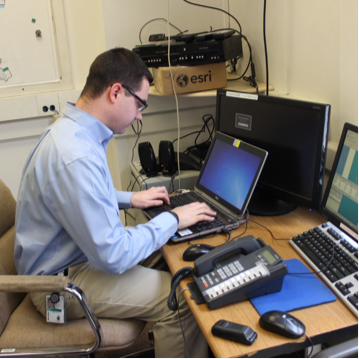
We observed officers and detectives both in the field and at police agencies completing paperwork
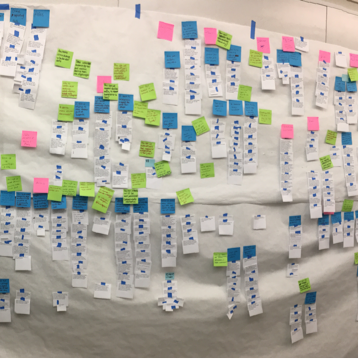
Affinity diagrams and flow charts helped us synthesize our research into design insights
To get a complete perspective on the current state of policing we attended community outreach events and ACLU citizens-rights meetings. We also participated in police cadet training and unconscious bias training.
“Sometimes I don't even recognize my own writing.”
-Patrol Officer
Pittsburgh Police
We sketched and ideated with our clients as a way to collaboratively come up with design concepts to prototype and test.
We tested our concepts with law enforcement and members of the public to get their feedback.
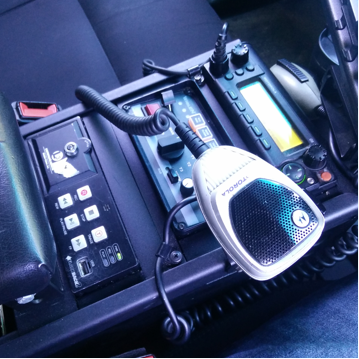
911 call information comes in both through the radio and the police’s computer-aided dispatch system.
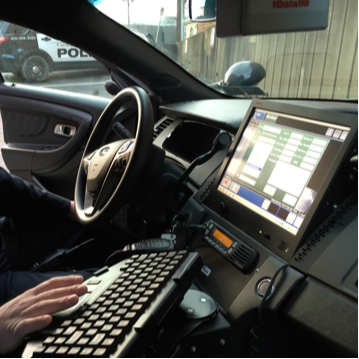
Officers often manually transcribe information from their computers into police reports.
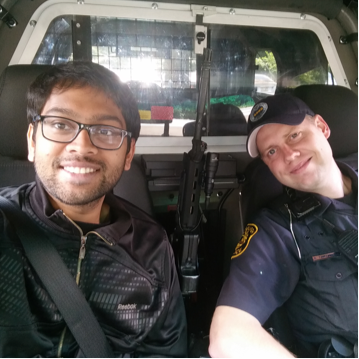
Ride-alongs helped us understand the conditions in which officers respond to emergencies.
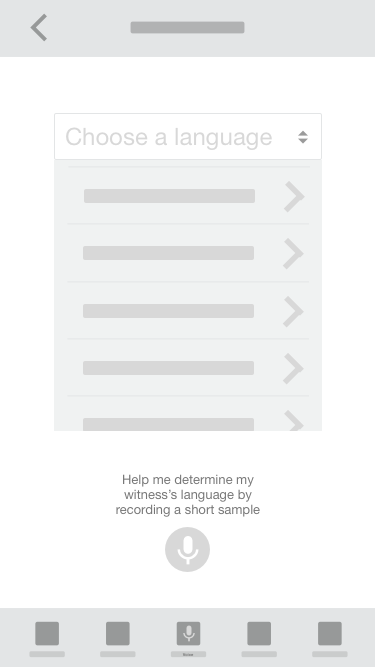
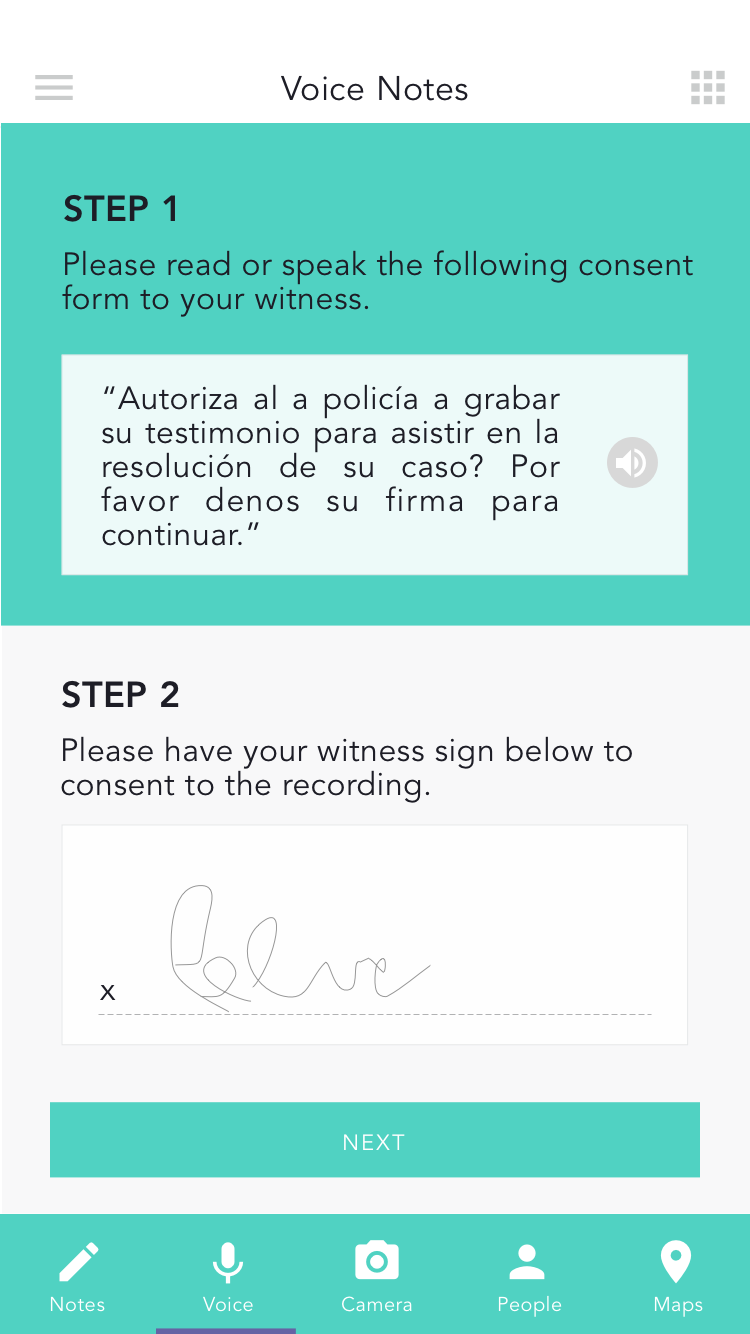
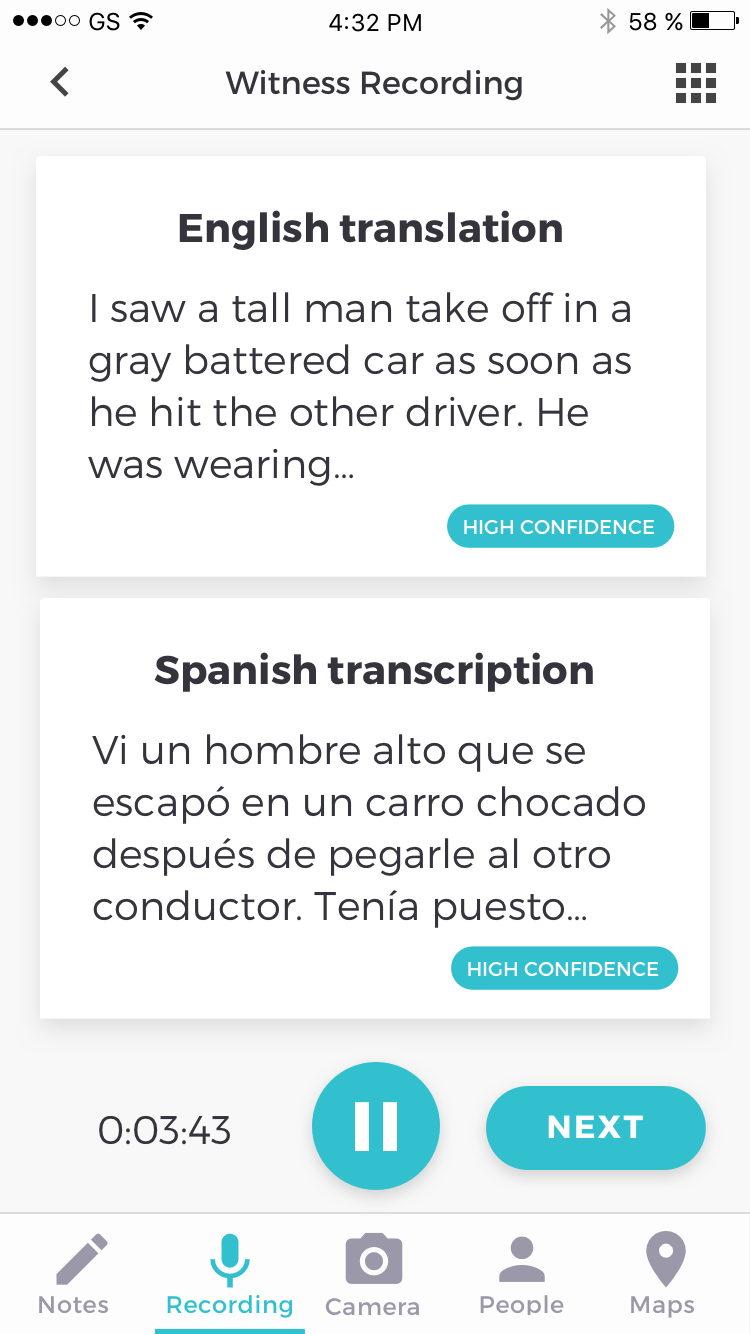
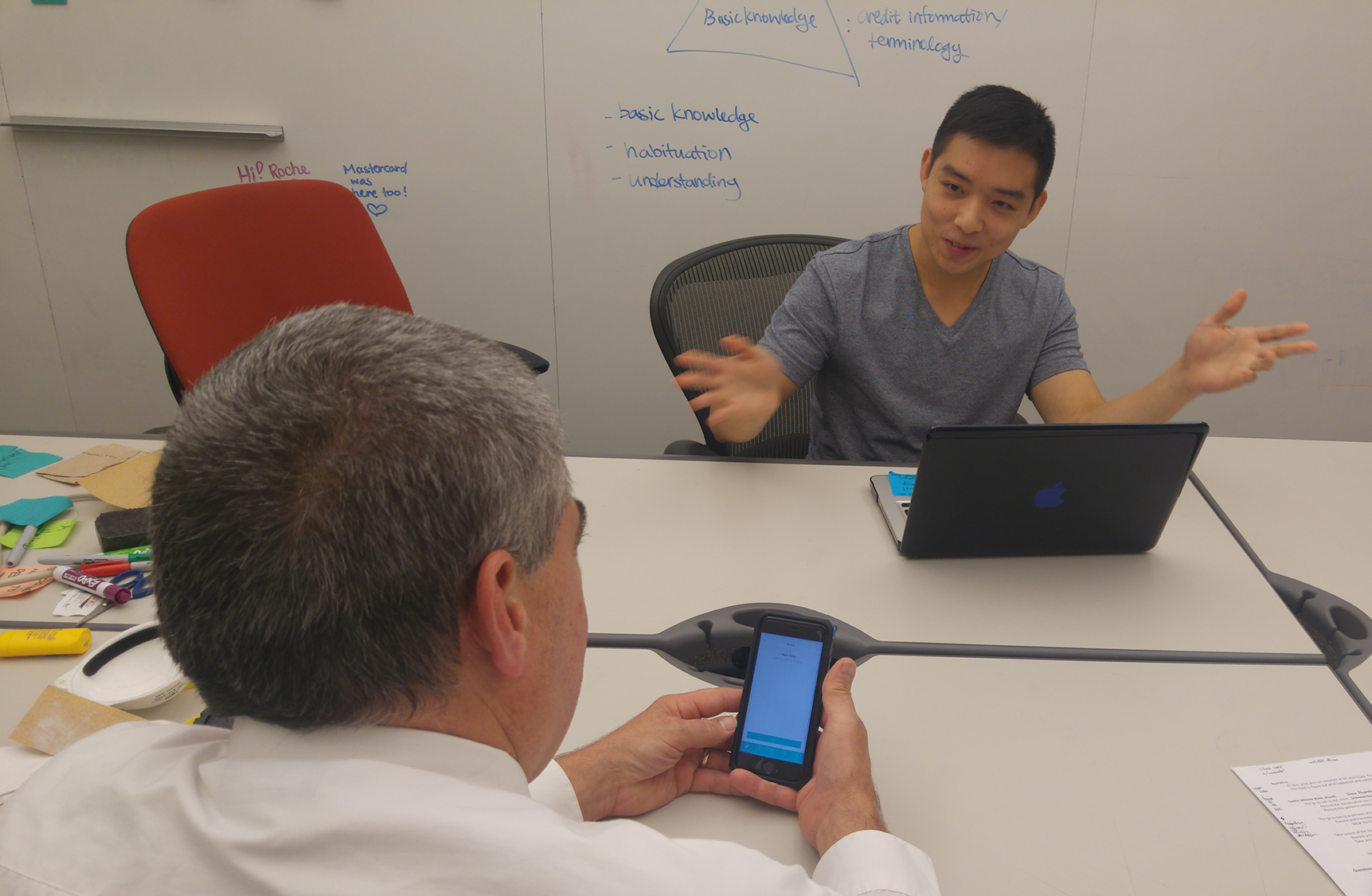
Detectives saw value in sharing and collaborative features
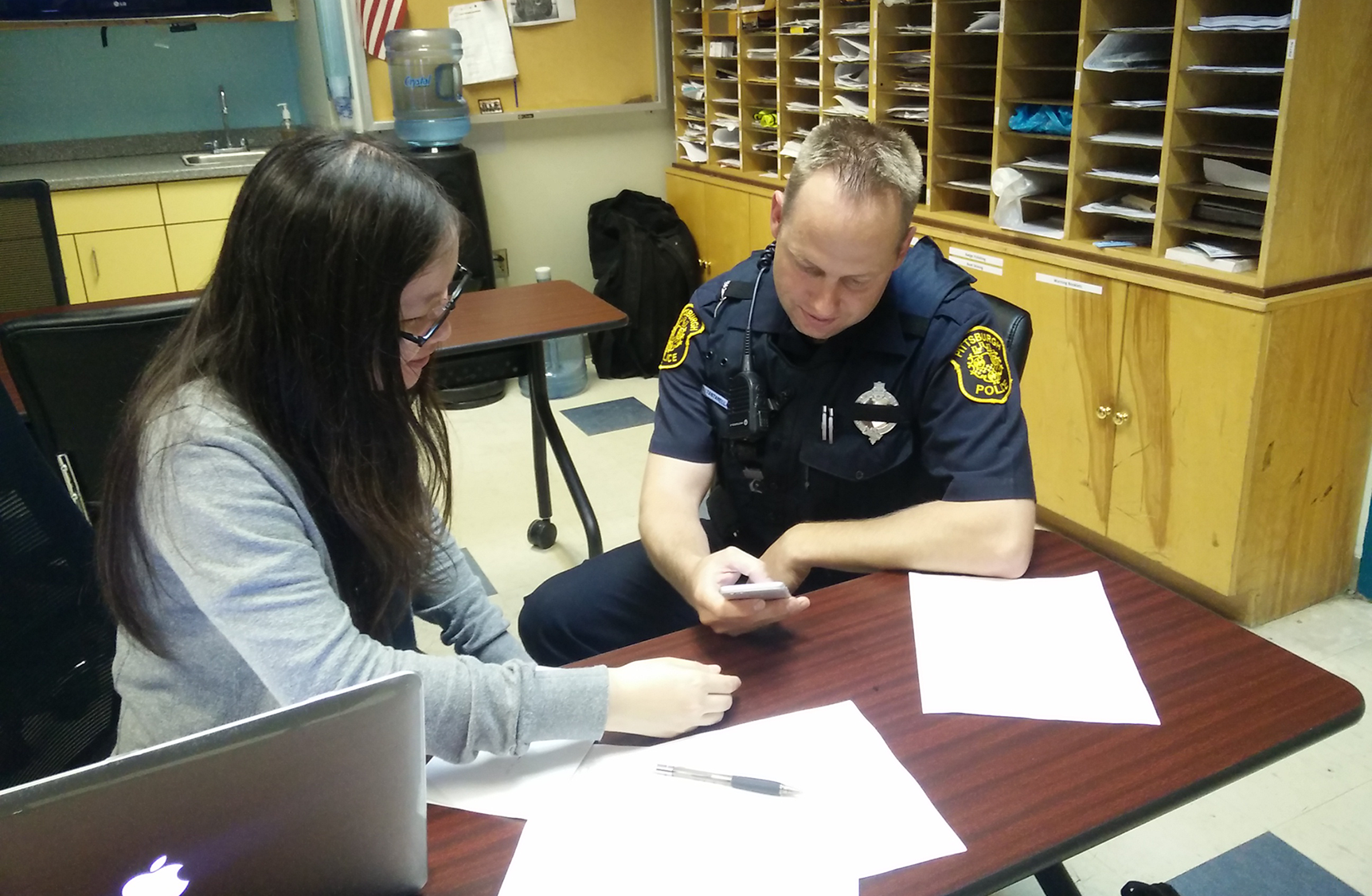
Officers found the app flow intuitive but wanted voice and text notes combined
“I see this having a place in our existing system, especially for new cops.”
-Detective and Former Patrol Officer
Allegheny County Police
